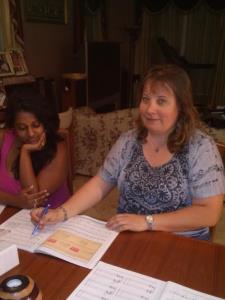
Ilona M. answered • 06/05/19
Very patient teacher in any academic and music subject and homeschool
. In the 11th and 12th centuries, most people across Europe were peasants or “velleins” who worked in the massive stretches of lands owned by the local lords. There is very little known about the detailed life of peasants in Europe because the lords and the clergy did not keep records of the peasants. The only semblances of early records were concerning the duties that the peasants owed their masters.
They were basically slaves to the lords.
Peasants were divided between slaves and serfs. The latter were freer but still toiled in their masters’ land. The slaves lacked most of the freedom enjoyed by the serfs such as having families. Majority of the peasants worked three days a week in their lord’s land but they would work longer during the harvest and plantation periods.
Those who were full time servants would work every day of the week and would get a break to attend Mass on Sundays. Peasants were forbidden from leaving the lord’s manor without seeking permission. The condition of serfdom was hereditary and one would be tied to his master unless he saved enough to purchase some land or if he married a free person. At the end of the 12th century, the ties that bound peasants to their masters began to loosen.




